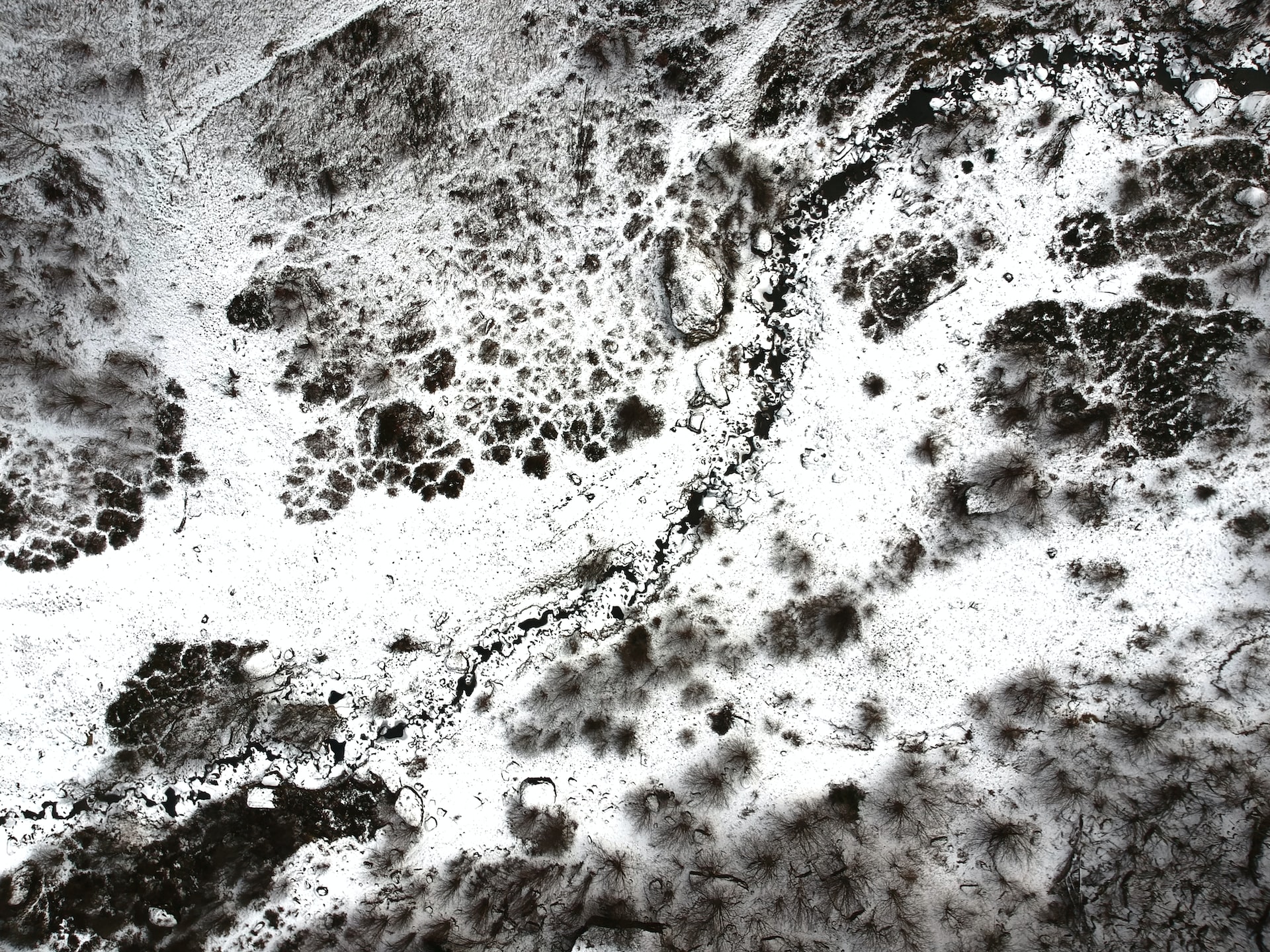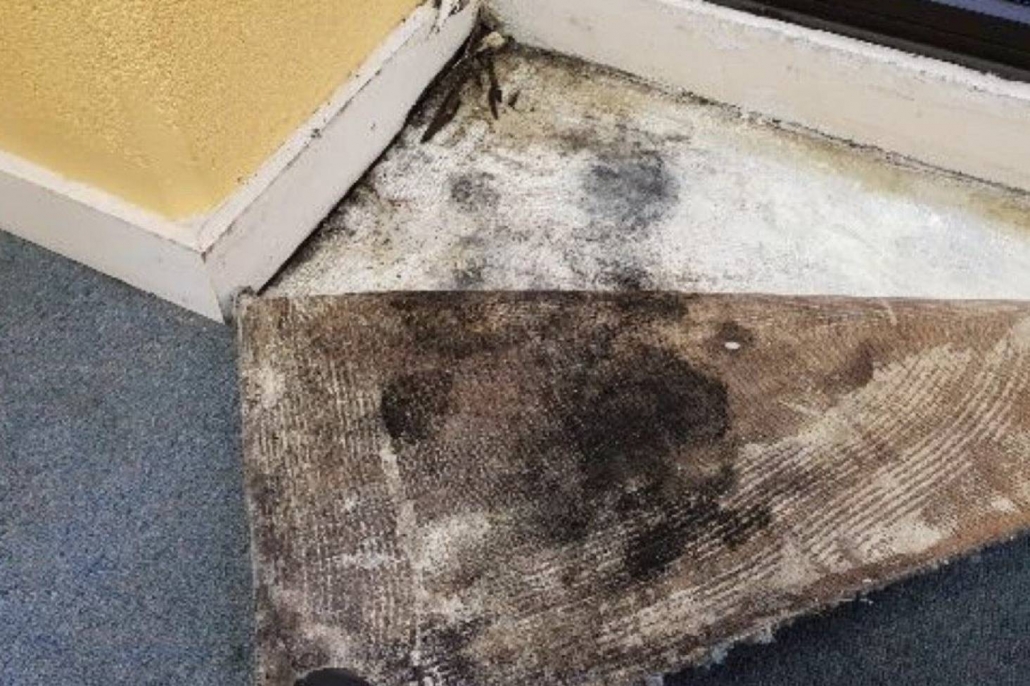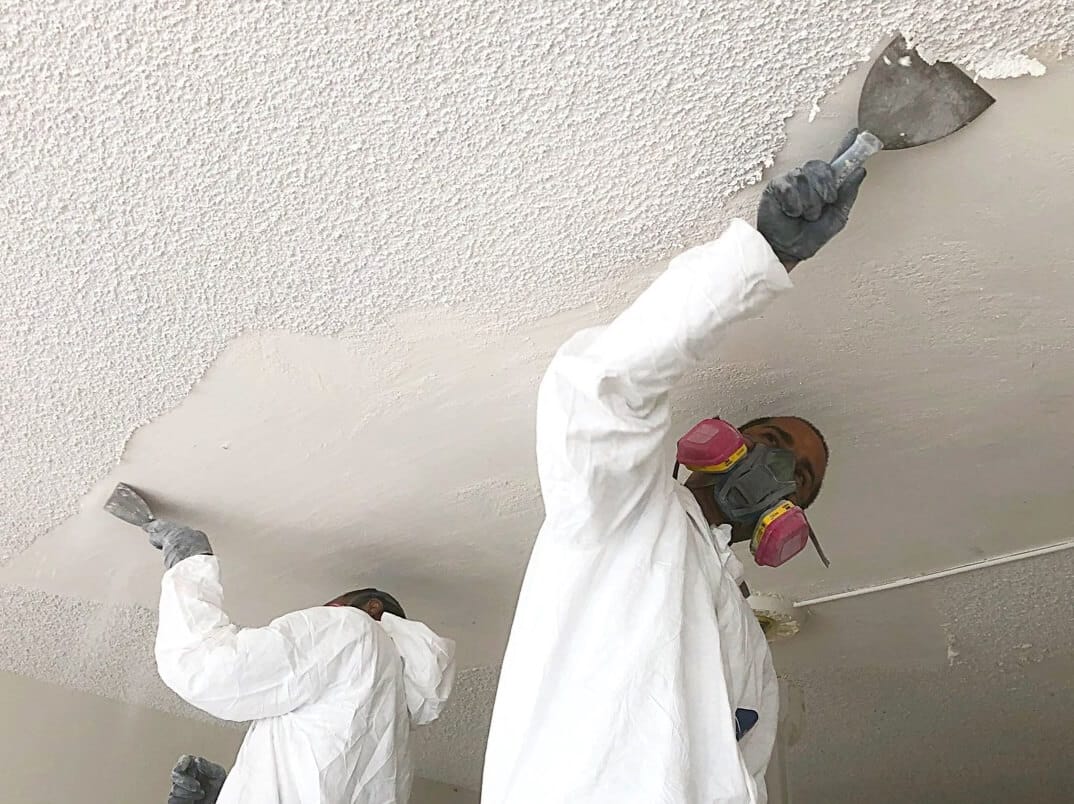What Does a Property Inspector Do?
Choosing the right place when buying property can provide satisfaction. It involves considering certain factors beyond just the piece of land itself. One of the key things to focus on is gaining a complete understanding of the property’s zoning.
The property inspection serves the fundamental purpose of identifying any minor or major issues in the property. Likewise, the seller permits the buyer to inspect the property before the closing date. To accomplish this, astute buyers enlist the services of property inspectors, who report any issues in the property to facilitate further negotiations between the buyer and seller.
What is a Property Inspection?
A property inspection is a process of examining a property to evaluate its condition and identify any potential issues or defects. The inspection is typically conducted by a qualified professional, such as a licensed home inspector or a building inspector, and is often performed before the purchase or sale of a property.
If you are renting, owning, or considering investing in real estate, you should be aware that property inspections are a common aspect of the real estate industry. Both residential and commercial properties undergo property inspections, which can impact the value of your property investment.
Therefore, it is crucial to comprehend the significance of property inspections. Keep reading to explore the various types of property inspections, their objectives, and ways to get ready for them.
Who Performs Property Inspections?
Property inspections are typically performed by a professional property inspector who looks for malfunctions, any needed repairs, and other issues that are required to be fixed.
What Does a Property Inspector Do?
A property inspector undergoes training to conduct a thorough evaluation of a home and all its components. They produce a detailed report for the buyer or seller that offers valuable information about the present state of the home, including the condition and age of expensive structures such as the roof, HVAC, and electrical systems.
Home inspections assure buyers that they’re making a sound investment decision, while sellers can use the information to determine necessary repairs before entering negotiations with buyers. A property inspector strives to provide accurate and objective assessments of properties. They do not have a personal stake in the property’s sale, nor do have any vested interest in the outcome of the inspection.
Their goal is to provide an impartial evaluation of the property’s condition and offer advice to help property owners or potential buyers make informed decisions.
Types of Property Inspections that Property Inspectors Provide
Property inspectors perform various types of inspections to assess the condition of a property. Some of the common types of property inspections are:
General Home Inspection: This is a comprehensive inspection that covers all aspects of a property, including its structural integrity, plumbing, electrical, and heating systems, roofing, and ventilation.
Pre-Purchase Inspection: This type of inspection is usually performed before buying a property to identify any defects or issues that could affect its value or safety.
Pest Inspection: A pest inspection is conducted to identify any pest infestations, such as termites, rodents, or bedbugs, that could cause damage to the property.
Radon Inspection: This inspection is carried out to detect the presence of radon gas in a property, which is a radioactive gas that can cause lung cancer.
Mold Inspection: This inspection is conducted to identify any mold growth in a property, which can cause health problems and structural damage.
Lead-Based Paint Inspection: This inspection is conducted to determine if lead-based paint is present on the property, which can be a health hazard, particularly to children.
Asbestos Inspection: This inspection is carried out to identify any asbestos-containing materials in a property, which can be a health hazard when disturbed.
Why is it Important to Choose the Right Property Inspectors?
When you are getting your property inspected, it is important to choose the right property inspector. A right property inspector not only provides you with a detailed report of your property it also brings in peace of mind.
Choosing the right property inspector is important for several reasons:
Identifying Potential Issues: A property inspector can identify potential issues in a property that may not be apparent to the untrained eye. This includes problems with the foundation, electrical wiring, plumbing, and other important systems.
Saving money: By identifying potential issues, a property inspector can save you money in the long run. They can help you negotiate a lower purchase price or identify issues that need to be addressed before you close on the property.
Ensuring safety: Safety is a top priority when it comes to real estate. A property inspector can identify potential safety hazards such as mold, asbestos, or faulty electrical wiring, helping you make informed decisions about your purchase.
Peace of mind: A thorough inspection can give you peace of mind knowing that you are making an informed decision about your investment. You’ll have a better understanding of the property’s condition and any potential issues that may arise.
When Do You Need to Hire a Property Inspector?
A property inspector inspects your property and lets you know about the repairs and measures you need to take for your property. You may need to hire a property inspector in various situations such as;
- Home buying
- Home selling
- Regular maintenance
- Insurance purposes
Advantages of Property Inspections
Plan seamlessly with timely residential property inspections. Property owners who hire inspectors gain insight into the property’s appearance and can plan furniture placement and decor ahead of time, making necessary arrangements such as funding.
Professional assistance provides far-sightedness for confident investment in a lifetime property. Regular inspections ensure the property remains in good condition, avoiding costly repairs. Annual inspections help to identify potential threats like plumbing, roofing, foundation, structural issues, and pest infestations, which can save time and resources in the long run.
Conclusion
In conclusion, property inspectors play a crucial role in the home buying and selling process. Their job is to provide a comprehensive evaluation of a property’s condition and identify any potential issues that may affect its value, safety, or livability. By conducting thorough inspections and preparing detailed reports, property inspectors help property owners and buyers make informed decisions about their investment.




